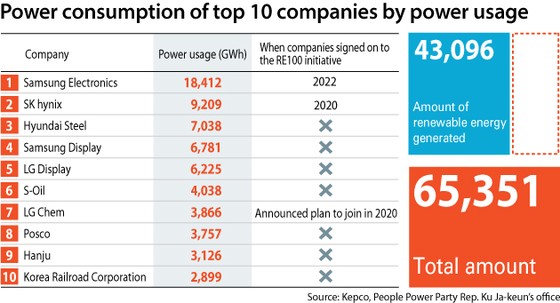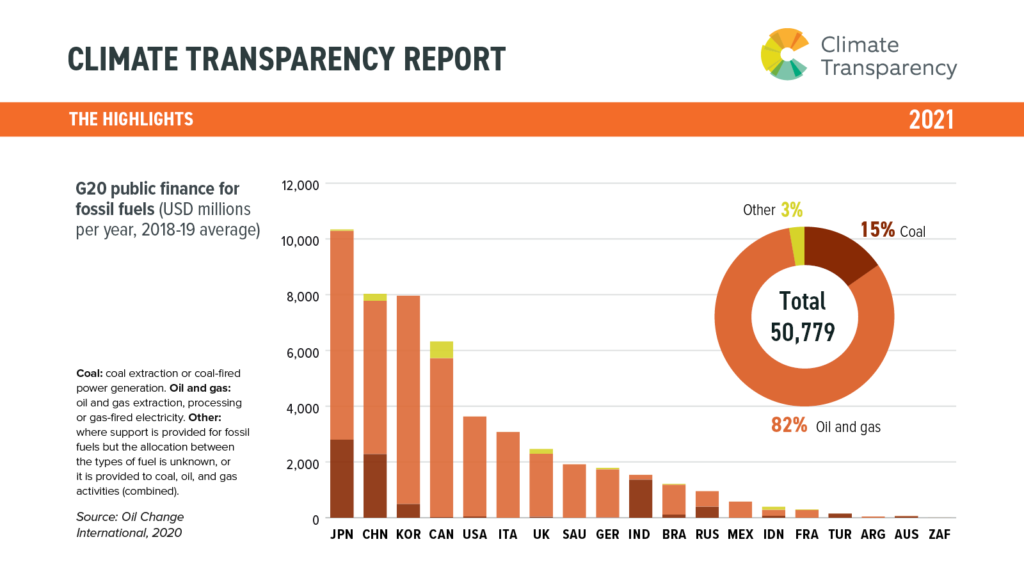Samsung’s Journey To Carbon Neutral: How Does It Stack Up?
UzFoto / Shutterstock.com
15 February 2023 – by Eric Koons
Is Samsung Carbon Neutral?
Is Samsung carbon-neutral? Simply put: no, it isn’t yet. But, the company plans to reach net zero direct and indirect carbon emissions by 2050. This is a challenging goal for the company due to its complex supply chain.
Additionally, its progress is under continuous scrutiny, as Samsung is the largest tech company in Asia and the fourth largest in the world (by revenue). To fight against climate change reducing greenhouse gas emissions should be a priority.
Samsung’s Carbon Emissions
In 2021, Samsung reported 19 million tonnes of carbon emissions. This is an increase of about 2 million tonnes compared to 2020 and 12.5 million tonnes compared to 2015. Considering the company’s emissions are trending upwards, the company may be better off tackling the annual increase in carbon dioxide emissions first before considering full decarbonisation.
Samsung electronics heavily rely on fossil fuels and has a significant carbon footprint. Meanwhile, around 82% of its power consumption comes from non-renewable, fossil-fuel-based sources. The sudden shift towards a climate-focused company in recent years means a lot needs to change.
Significant focus areas are reducing overall power use, increasing energy efficiency and increasing the rate of renewable energy. Samsung should look to carbon offsets to address problem areas or unavoidable emissions.
What Is Samsung Doing for Sustainability?
Samsung has set several ambitious goals towards being carbon neutral by 2050. First, it plans to increase the share of renewables it has in its energy mix. It aims to match its electricity use with renewable energy production by 2022 for Southwest Asia, 2025 for Central and Latin America and 2027 for Africa. It has already achieved this target in China, the United States and Europe.

Second, the company will invest in new technology to achieve net-zero emissions in its operations. One main focus area is reducing process gases generated during semiconductor manufacturing. It hopes to develop and implement the technology in its production facilities by 2030.
Other research will aim to optimise the energy efficiency of the company’s products, increase water recycling during manufacturing and develop carbon capture technology.
Is Samsung Making Progress Towards Being Carbon Neutral?
It seems that Samsung is serious about its stated net zero carbon emissions goals, and the company is making progress. In 2022, in an effort to reduce indirect carbon emissions, the company joined the RE100, a global movement pursuing 100% global renewable energy. This commitment will help keep the company accountable over the coming decades.
Additionally, Samsung is already making improvements in its products. The Samsung Galaxy S6 was awarded the Sustainable Materials Management (SMM) Champion Award by the US Environmental Protection Agency. The phone is made with 99.9% recyclable material and comes in recyclable packing.
Furthermore, Samsung is partnering with organisations to improve its sustainability and help others do the same. For example, it partnered with the outdoor brand Patagonia to develop a washing machine that reduces the impact of microplastics.
Samsung is supporting these initiatives with a recent pledge to invest USD 5 billion into sustainability by 2030.
Samsung’s Sustainability Controversies
While these targets are meaningful and impactful for the world, there are still questions about whether they are enough. Most of Samsung’s targets are for its operations abroad, and there is little direct discussion about their role in South Korea. This is a major concern, as 70% of the company’s energy consumption occurs in the country. Furthermore, in 2019, Samsung consumed nearly one-fifth of the entire country’s energy, releasing emissions almost equivalent to Norway’s during the same year.
Avoiding the region with the highest emissions and focusing on less impactful areas is a form of misdirection and greenwashing.

Furthermore, Samsung’s carbon-neutral 2050 target is insufficient in comparison to what other leading technology companies are doing for sustainability. For example, Apple is targeting net zero by 2030, Google by 2030 and Amazon by 2040. There is minimal reason for Samsung not to have a similar goal.
Samsung Can Influence South Korea’s Climate Policy
Samsung has significant sway in South Korean policy due to financial and political ties to the government. As of 2020, the company accounted for more than 20% of South Korea’s GDP. This influence can and should be used to help the country facilitate renewable energy development.
Whether this influence is used to stimulate the private energy market by signing power purchase agreements (PPAs) or by working with the government directly, Samsung needs to use its voice in a positive way.

This comes at a critical time when many experts are questioning South Korea’s commitment to its 2050 net-zero pledge. As of 2021, less than 1% of the country’s energy came from renewables, and it is the fourth-largest financier of fossil fuel projects out of the G20 nations. Climate Action Tracker rates the country’s net-zero progress as “highly insufficient.”
Samsung and Public Policy: A Strategic Opportunity
While it outwardly appears that Samsung is taking sustainability seriously, a closer look raises several red flags. This sentiment also translates to South Korea, which still has a long way to go in green energy adoption.
However, if the public and private sectors work together, they can combine financial policy and technological advancements to facilitate South Korea’s energy transition. This is a strategic opportunity for collaboration that Samsung and South Korea can’t miss.
by Eric Koons
Eric is a passionate environmental advocate that believes renewable energy is a key piece in meeting the world’s growing energy demands. He received an environmental science degree from the University of California and has worked to promote environmentally and socially sustainable practices since. Eric’s expertise extends across the environmental field, yet he maintains a strong focus on renewable energy. His work has been featured by leading environmental organizations, such as World Resources Institute and Hitachi ABB Power Grids.
Read more


